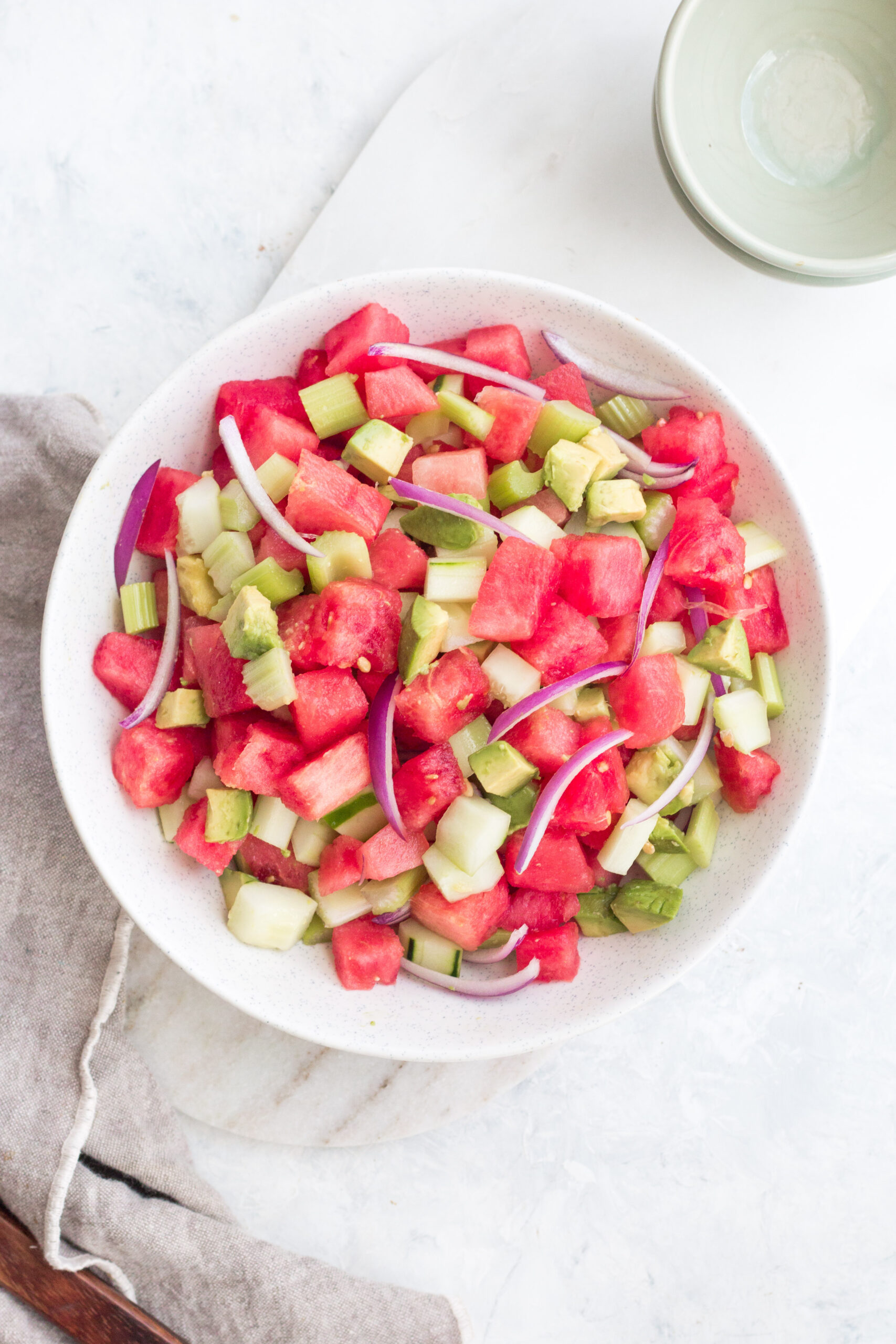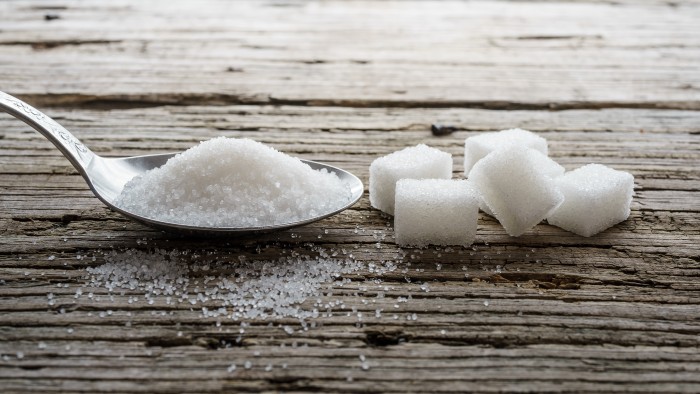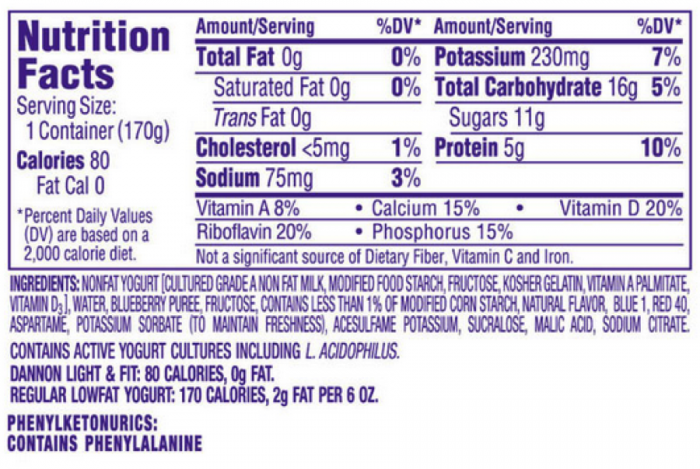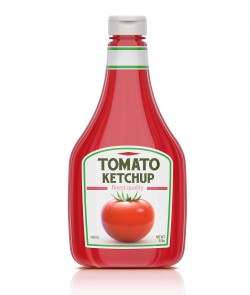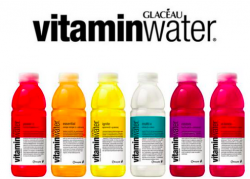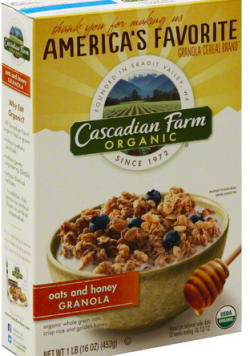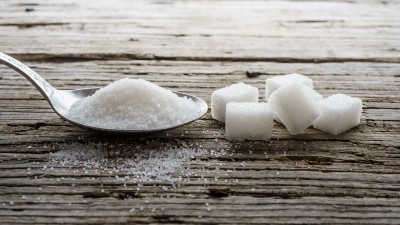
Most of us have a general understanding that “sugar is bad,” and that we shouldn’t consume too much of it. We know it’s bad for our teeth, we know it’s related to diabetes, and that it contributes to weight gain…
But are we really that careful about how much we consume? Even for the people who are acutely aware that they should be monitoring how much sugar they eat, they might be overlooking one critical step: serving size.
Food manufacturers are required to include nutritional information labels, but even if you make a point to check the label before purchasing (or consuming) a food of your choice, you won’t be getting accurate information unless you take into account the serving size listed. This little deception helps manufacturers make their foods seem healthier, and can trap you into unwittingly consuming far more sugar than you intended to.
What may seem like a healthy food at a glance can, in fact, contain much more sugar than you thought, simply because the serving size is listed as considerably smaller than what most of us assume (or naturally eat). Even worse, the “normal” amount of a given food we might consume is usually much higher in sugar content than what we should be eating.
The American Heart Association recommends that women consume no more than 6 teaspoons of sugar per day. For men, recommended consumption is less than 9 teaspoons per day. Similarly, the World Health Organization advises that sugar should make up not more than 5% of your daily intake – or 6-9 teaspoons per day.
For a little context, Americans consume and average of 32 teaspoons of sugar a day… And when we’re talking about sugar, that includes glucose, lactose, maltose, and fructose in all of their various forms.
Now, back to labels…
Sugar content is already a problem, as you can see here – this single serve of Yoplait nonfat yogurt has 11 grams (almost 3 teaspoons) of sugar!
When fat is taken out, something else (like sugar) needs to take its place in order to maintain flavor – but that’s only a part of the issue. One could, in theory at least, be able to tell that this yogurt has excessive sugar content at a glance – because the label is providing information on a single serving.
What about other packages, though? When serving sizes are listed as less than what people usually consume, it makes us think that we’re not consuming as much sugar as we actually are. Most people aren’t doing the math to figure out how much sugar they’re actually putting into their bodies. Here are a few examples:
• On a Captain Crunch cereal box, the sugar content is listed as 11 grams (about 3 teaspoons) per serving. The serving size, however, is listed as ¾ of a cup! Who eats just ¾ of a cup of cereal?

• Honey Bunches of Oats Granola lists 12 grams of sugar (3 teaspoons) per ½ cup serving! Like the many other granolas and cereals, this isn’t taking into account milk or yogurt added, and most people are eating more than a half cup at a time!
• Vitamin Water lists sugar content as 13 grams of sugar (a little over 3 teaspoons) on the bottle, but that is the sugar content of a single 8-ounce serving. Each bottle contains 2.5 servings – even though most of probably think of it as 1 bottle = 1 serving.
This kind of “sugar stuffing” is everywhere, even in foods that are listed organic or advertised as wholesome. As an example, organic, “America’s Favorite” Cascadian Farms Oats and Honey Granola contains 14 grams for sugar in 2/3 of a cup. Sugar is the second ingredient listed on the package – and this is far more common than most of us realize!
The next time you’re in the grocery store, there are a few things you can keep in mind to try to minimize your sugar intake:
- If sugar is the first or second ingredient, be wary
- Look for other names of sugar: HFCS, agave, barley malt, corn syrup, beet sugar, and molasses https://nourishinglab.com/day-5-nl-healthykick-become-a-label-detective/
- Check out the serving size to determine how much sugar is in the entire box or container, not just whatever small serving size they list
Armed with this knowledge, you can help your family resist eating too much sugar, and by doing so, reduce the risk of all of the health problems associated with it. By being aware of serving size information, knowing how to look for sugars that go by other names, and simply being aware of how much sugar is crammed into most of the processed foods on the shelf, you’re making great strides forward for your health!

Share this blog post
You may also like
Tick Bites: The Perils Of Delayed Detection of Lyme Disease and How Timing is Key

Beneath the Tap: Unmasking the Dangers of Lead Lurking in Our Water Supply

Hidden Factors Affecting Blood Sugar Balance

Golden Glow Essentials: Holiday Gifts for Mind, Body, and Soul

Everyday Sources of Heavy Metals & What You Can Do

Beach Bod on the Go!
